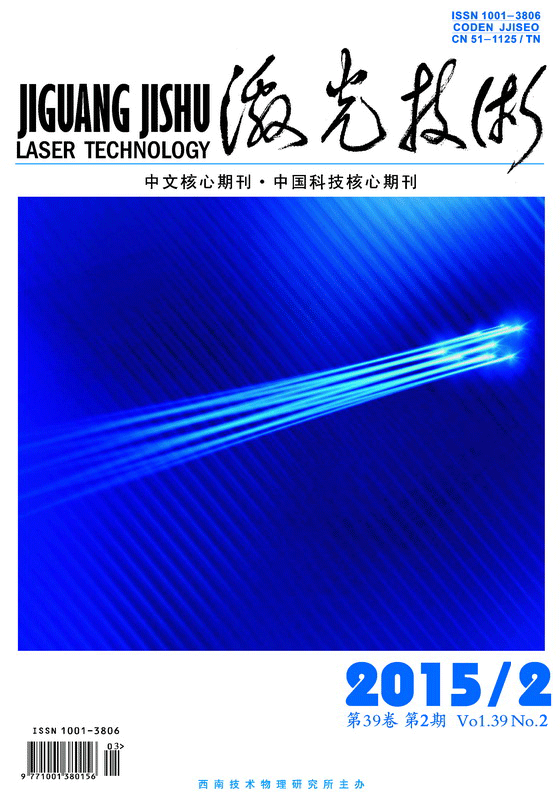|
[1]
|
CHEN K, FU X, DORANTES-GONZALEZ D J, et al. Laser-generated surface acoustic wavetechnique for crack monitoring-areview[J]. International Journal of Automation Technology, 2013, 7(2): 211-220. |
|
[2]
|
ZHAO Y, YAN W, SHEN Z H, et al. Numerical simulation of elastic acoustic wave interaction with surface-breaking defects[J]. Laser Technology, 2010, 34(1):91-94 (in Chinese). |
|
[3]
|
NI C Y, SHI Y F, SHEN Z H, et al. Numerical simulation on near-field surface acoustic waves induced by laser line source[J]. Infrared and Laser Engineering, 2007, 36(s1):324-327 (in Chinese). |
|
[4]
|
ARIAS I, ACHENBACH J D. A model for the ultrasonic detection of surface-breaking cracks by the scanning laser source technique[J]. Wave Motion, 2004, 39(1): 61-75. |
|
[5]
|
ACHENBACH J D. Laser excitation of surface wave motion[J]. Journal of the Mechanics and Physics of Solids, 2003, 51(11): 1885-1902. |
|
[6]
|
SOHN Y, KRISHNASWAMY S. Mass spring lattice modeling of the scanning laser source technique[J]. Ultrasonics, 2002, 39(8): 543-551. |
|
[7]
|
HE Y J, ZHU R H, SHEN Z H,et al. Numerical simulation of laserinduced transient temperature field in cylindrical shell[J]. Laser Technology, 2005, 29(4): 386-388 (in Chinese). |
|
[8]
|
GUAN J F. Numerical study on depth gauging of surface breaking defects using laser-generated surface acoustic waves[J]. Japanese Journal of Applied Physics, 2011, 50(3): 032703. |
|
[9]
|
XU B Q, LIU H K, XU G D,et al. Mixed stress-displacement finite element method for laser-generated ultrasound[J]. Laser Technology, 2014, 38(2): 230-235 (in Chinese). |
|
[10]
|
LIU J S, XU Z H, GU G Q. Numerical study on improvement of signal-to-noise ratio of surface acoustic waves based on laser array[J]. Laser Technology, 2011, 35(3): 403-406 (in Chinese). |
|
[11]
|
WANG G X, YAN G, GUAN J F. Effect of wall thickness of aluminum pipes on laser-induced ultrasonic waves[J]. Laser Technology, 2014, 38(2): 260-265 (in Chinese). |
|
[12]
|
WANG G X, YAN G, GUAN J F. Effect of thickness of metal hollow cylinders on laser thermoelastic generated Rayleigh wave[J]. Laser Technology, 2014, 38(1): 58-64 (in Chinese). |
|
[13]
|
ARIAS I, ACHENBACH J D. Thermoelastic generation of ultrasound by line-focused laser irradiation[J]. International Journal of Solids and Structures, 2003, 40(25): 6917-6935. |
|
[14]
|
SCRUBY C B, DEWHURST R J, HUTCHINS D A, et al. Quantitative studies of thermally generated elastic waves in laser-irradiated metals[J]. Journal of Applied Physics, 1980, 51(12): 6210-6216. |
|
[15]
|
GUAN J F. Numerical study on signal enhancement of the Rayleigh wave in the near-field of surface defects[J]. Japanese Journal of Applied Physics, 2010, 49(6): 062502. |

 Map
Map



 DownLoad:
DownLoad: